It has been six years since the iPhone X hit store shelves, but at a glance, 2023’s iPhone 15 and iPhone 15 Pro aren't all that different. Thanks to a few steps of iteration, though, these smartphones still feel like an upgrade—maybe not compared to last year’s iPhone, but certainly compared to 2017's, or even 2020’s.
Although I don’t have any insight into what’s coming next year, the iPhone 15 seems like the final form of a product that has gone through a multi-year cycle. It sees Apple cementing a likely long-term strategy of treating the cheaper model as a rerun of the previous year’s pro model, it addresses one of the longest-standing complaints about iPhones (even if Apple’s hand was forced by regulation), and it refines a tried-and-true design.
The iPhone 15, its pricier siblings, and its strong competitors on the Android side make the case that, for better or worse (mostly better), we’ve reached peak smartphone.
Specifications
| Specs at a glance: iPhone 15, 15 Plus, 15 Pro, 15 Pro Max | |
|---|---|
| Screen | 2556×1179 6.1-inch OLED (15 & 15 Pro), 2796×1290 6.7-inch OLED (15 Plus & 15 Pro Max) |
| OS | iOS 17.0.2 |
| CPU | Apple A16 Bionic (15 & 15 Plus), Apple A17 Pro (15 Pro & 15 Pro Max) |
| RAM | 6GB (15 & 15 Plus), 8GB (15 Pro & 15 Pro Max) |
| GPU | Apple A16 Bionic (15 & 15 Plus), Apple A17 Pro (15 Pro & 15 Pro Max) |
| Storage | 128, 256, or 512GB for 15 & 15 Plus; 128, 256, 512GB, or 1TB for 15 Pro; 256, 512GB, or 1TB for 15 Pro Max |
| Networking | Wi-Fi 6 (15 & 15 Plus) or Wi-Fi 6E (15 Pro & 15 Pro Max), Bluetooth 5.3, 5G |
| Ports | USB-C |
| Camera | 48 MP main camera and 12 MP ultra-wide (15 & 15 Plus); 48 MP main camera, 12 MP ultra-wide, 12 MP 3x telephoto (iPhone 15 Pro); 48 MP main camera, 12 MP ultra-wide, 12 MP 5x telephoto (iPhone 15 Pro Max); 12 MP front camera; 4K HDR video |
| Size | 147.6×71.6×7.8 mm (15), 160.9×77.8×7.8 mm (15 Plus), 146.6×70.6×8.25 mm (15 Pro), 159.9×76.7×8.25 mm (15 Pro Max) |
| Weight | 171 g (15), 201 g (15 Plus), 187 g (15 Pro), 221 g (15 Pro Max) |
| Starting price | $799 (14), $899 (15 Plus), $999 (15 Pro), $1,199 (15 Pro Max) |
| Other perks | MagSafe, Face ID, Dynamic Island, always-on display (Pro models) |
Storage capacities are mostly the same as last year, except that Apple has removed the cheapest 128GB option for the iPhone 15 Pro Max, raising the minimum price for that phone by $100 to $1,199, perhaps not so coincidentally matching the entry-level price for the Samsung Galaxy S23 Ultra.
The regular iPhone 15 starts at $799 with 128GB of storage. For $100 more, you can move up to 256GB. 512GB costs $1,099. The iPhone 15 Plus has the same storage options but starts $100 higher at $899.
The iPhone 15 Pro starts at $999 for 128GB of storage. 256GB is $1,099, 512GB is $1,299, and there’s a 1TB option at $1,499. The larger iPhone 15 Pro Max is $200 more at each storage size, sans the missing 128GB configuration.
Given the high-quality video these phones take, and the increasing size of mobile games, 256GB or 512GB is probably the sweet spot for most buyers. Folks who don’t plan to record a lot of videos or play many games will be fine at 128GB, and if you’re one of the crazies who needs 1TB, you know who you are. (I’m one of you, I’m afraid. I have more than 500 apps installed and record 4K videos regularly. That’s far from typical, though.)
The iPhone 15 still has 6GB of RAM, but the Pros have jumped to 8GB.
Displays
Not too much has changed on the display front. The screen sizes are the same—6.1 inches for the iPhone 15 and iPhone 15 Pro and 6.7 inches for the iPhone 15 Plus and iPhone 15 Pro Max. The screen resolutions for these OLED displays are 2,556×1,179 pixels and 2,796×1,290 pixels, respectively.
The Pro models have a variable refresh rate of between 1 Hz and 120 Hz, whereas the iPhone 15 and 15 Plus land at a standard 60 Hz. As far as brightness goes, all four phones have 1,000 nits of max brightness typically, with up to 1,600 for HDR highlights and up to 2,000 for outdoor, sunny situations. Unfortunately, it has been overcast most of the time I’ve had these phones, so I haven’t had first-hand experience with that higher outdoor peak brightness.

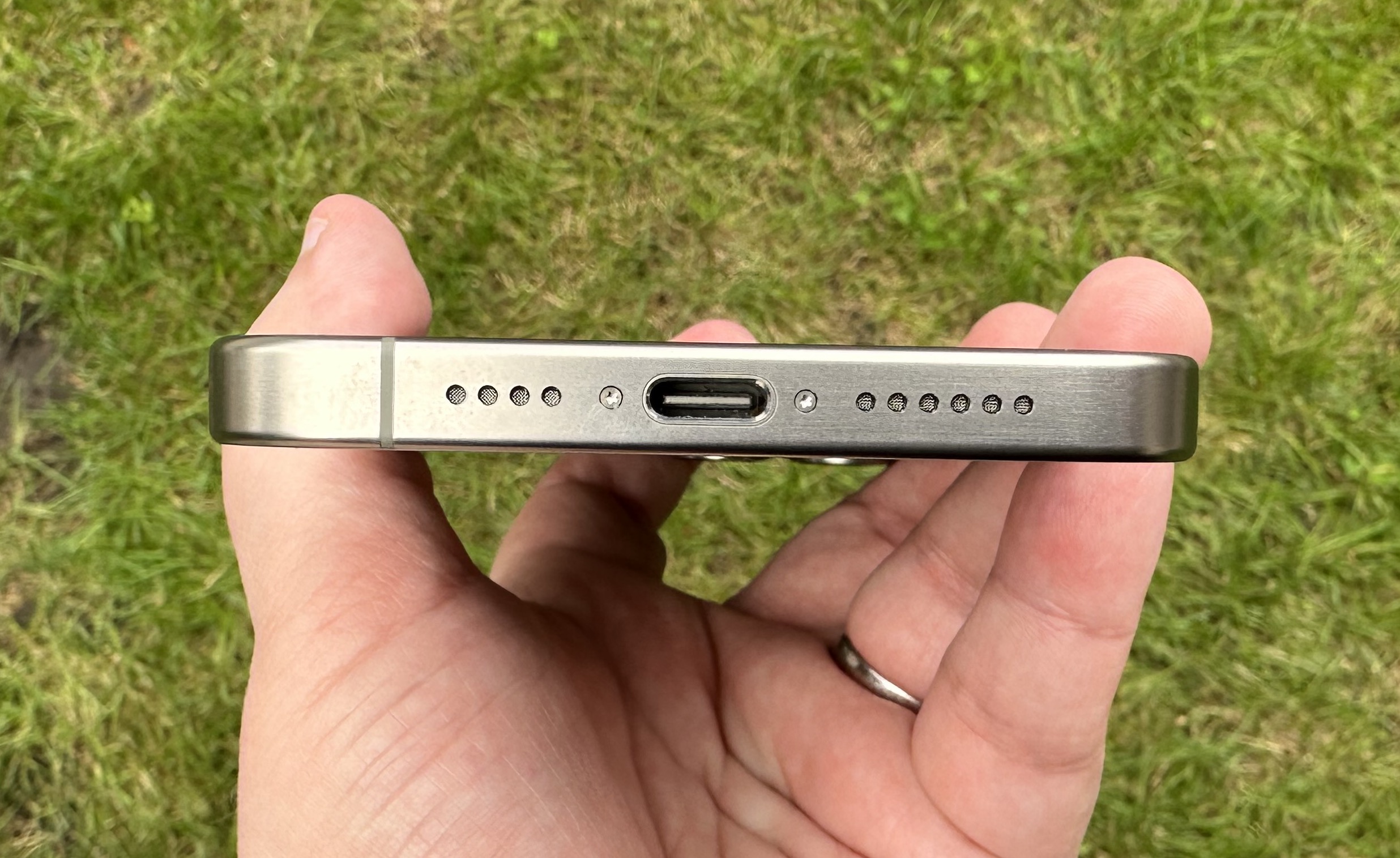

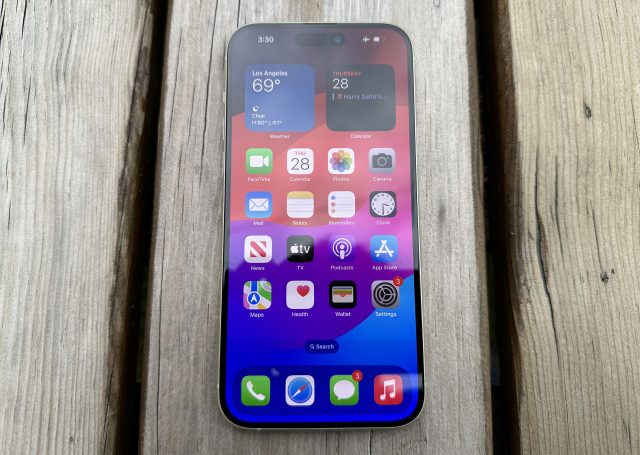
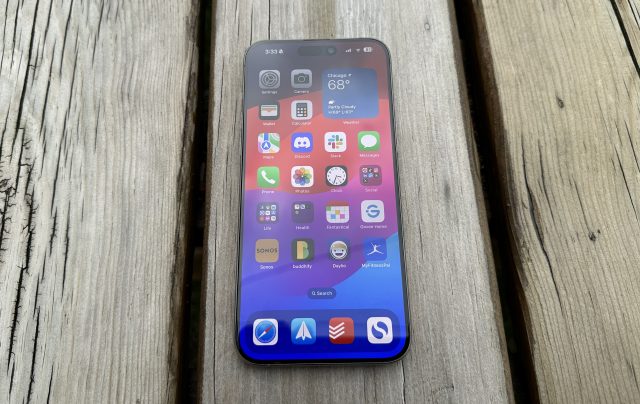
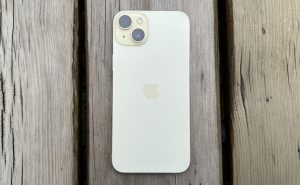
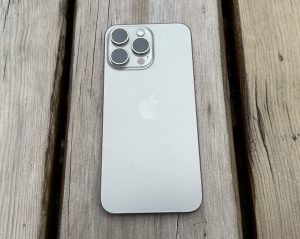
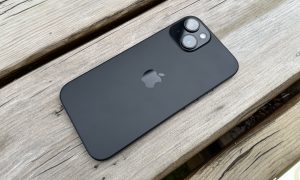
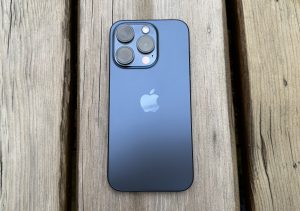
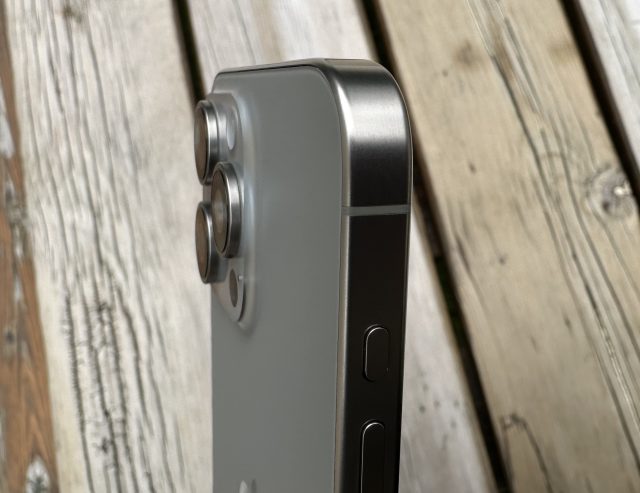





















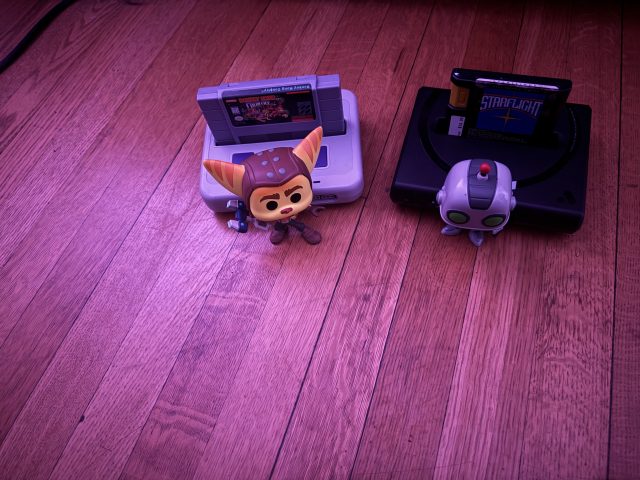


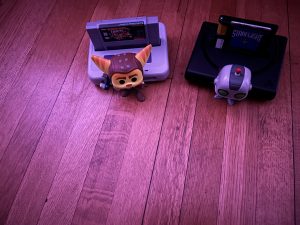








 Loading comments...
Loading comments...
